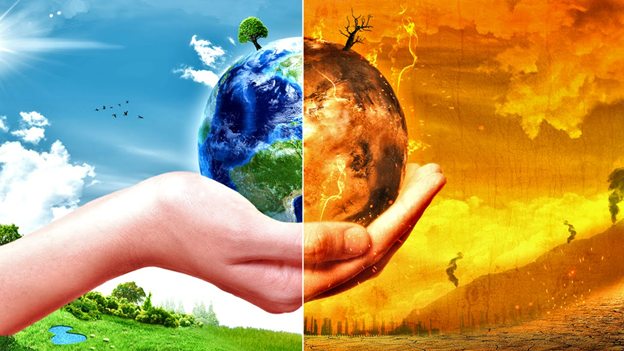Climate change is one of the biggest global challenges we face today. However, a positive future for the environment is possible, according to climate scientists, engineers, and researchers. On Earth Day 2023, USA Today shares a vision of what life in the United States could be like in 2050 if we put our minds to solving climate change.
A Positive Future for Climate Change
Climate futurist Alex Steffen reminds us that the big secret is not how bad things are, but how good they can get if we act quickly. By 2050, the United States could achieve its goal of net-zero greenhouse gas emissions through hard work, cutting-edge engineering, and a bipartisan pivot pushed by voters and corporations alike. Despite problems like rising sea levels, habitat destruction, and hotter, drier weather, experts suggest that the situation could be much worse if we do not act now.
How We Will Live in 2050
In 2050, people are somewhat migratory, living in cities and larger towns in their 20s, moving to suburban areas when they start families, and then returning to cities when they become empty-nesters. People still live in single-family homes with yards, but homes are highly efficient, better insulated, cheaper to heat and cool, and more comfortable overall.
At the dinner table, people’s tastes have changed over the past 30 years, with vegetables and beans playing a starring role. Meat is less common, less popular, and more expensive given how much land and water it requires.
Getting Around Town in the Future
Cars in 2050 are all-electric and increasingly self-driving. People who live in suburbs have their own cars, but most who live in cities prefer to rent them by the hour from nearby lots whenever they need them. Electric cars typically get 500 miles to the charge, and most parking spots come with charge ports where cars automatically charge themselves. America has also joined the rest of the world in building a network of super-efficient high-speed railways, making most trips under 500 miles faster and cheaper to do by rail.
Powering up in 2050
Power comes from a broad array of carbon-neutral sources, including solar, onshore and offshore wind, nuclear, and hydroelectric. The West has built a massive infrastructure of hydrogen storage facilities to store and transport excess energy from renewable sources.
In conclusion, by imagining a positive future for climate change, we can begin to work towards it. By 2050, life in the United States could be more efficient, comfortable, and sustainable, with new technologies and policies in place.

